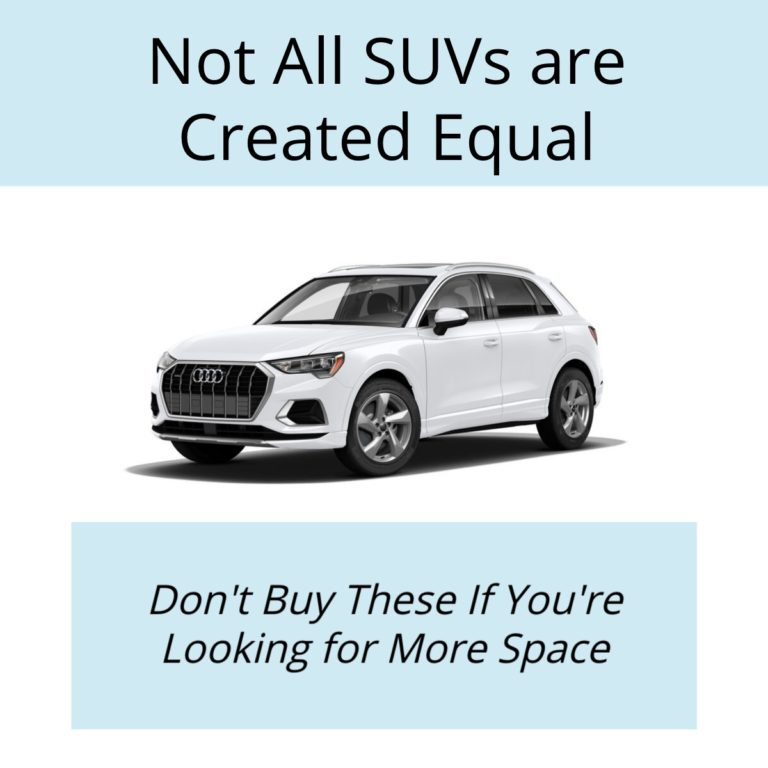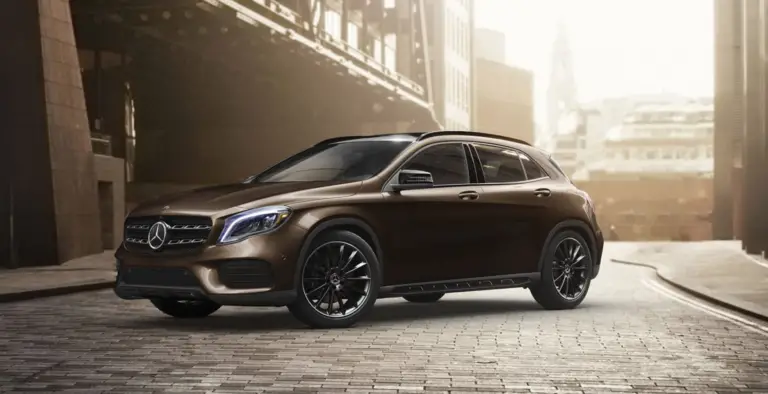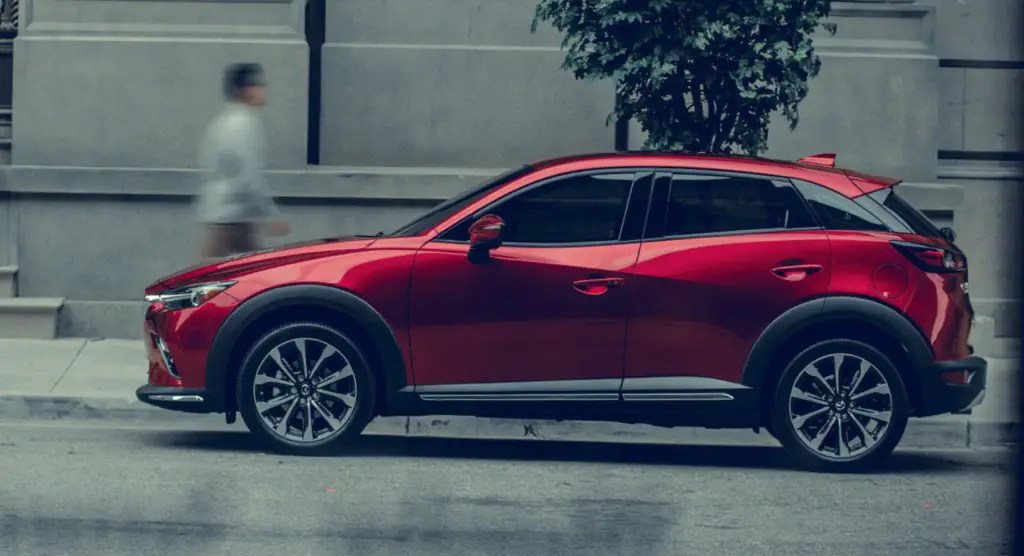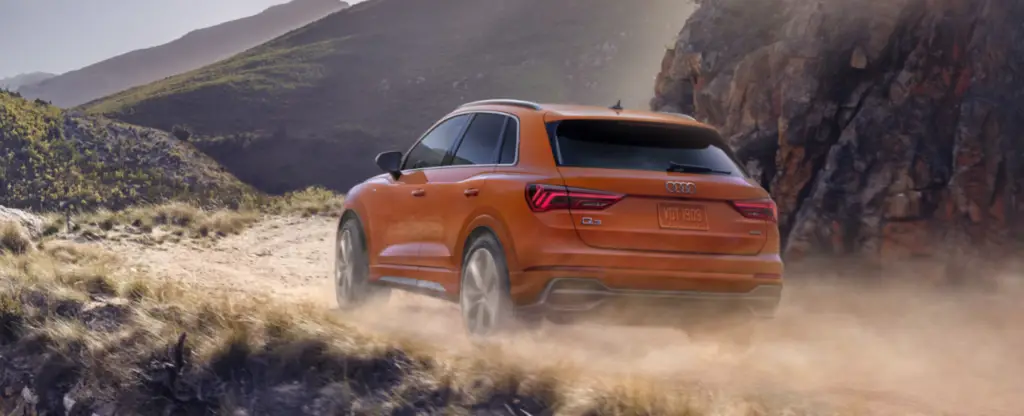
SUVs and Crossovers are the most popular cars bought today. In fact, among new vehicle sales, light trucks and SUVs outsell cars by a two-to-one margin. Ford is even stopping production of all passenger cars for the US market except the Mustang and will be focusing resources on crossovers and SUVs.
There’s a wide range of SUVs and crossovers. The smallest in size are called compact SUVs or crossovers. These are also the least expensive, but some still come with a hefty price tag. Nearly every manufacturer has an SUV in this size class including luxury ones like Mercedes-Benz, Jaguar, BMW and Audi.
Many people are buying SUVs and crossovers because they offer more space (or so they think).
New parents, new moms, and parents of multiples are often sold on compact SUVs and crossovers on the basis that they are more spacious. When parents have their first child, one of the first things that many begin considering is whether their current car is appropriate or capable of hauling around the new baby and all of their stuff. Some people who have smaller compact cars before the baby comes may be quick to jump to the conclusion that they need to upgrade to an SUV or crossover. SUVs and crossovers are winning out over minivans, especially with young parents. Some report having a negative perception or stigma of minivans while others just love SUVs.
But don’t let the salesman talk you into a new compact SUV or crossover on the basis that it’s more spacious. There are several crossovers/SUVs that are no bigger than a sedan on the inside!
Below are some examples of SUVs & crossovers that may leave you wanting more room (or even your old car back for that matter):

We might as well start with the worst offender which is the Mercedes-Benz GLA. This compact crossover is as practical to a small family as the rear seats are in a Porsche 911. The Mercedes GLA’s rear passenger and cargo dimensions aren’t just small by SUV/crossover standards, they are small by any vehicle with four doors standards. The sporty looking GLA has 27.1” of rear seat passenger space and 17.2 cu ft of cargo room with the rear seats and car seat in place. That is about 75% LESS rear seat room and cargo room than the small VW Golf hatchback! It may look the part of a more spacious entry level luxury crossover at first glance, but don’t be fooled by its larger footprint.

Although it is a great vehicle in the way it offers great driving dynamics, quality and equipment for the price, it is actually quite small. The CX-3 is actually LESS PRACTICAL for a new family than the company’s own compact Mazda 3 5-Door hatchback! The CX-3 has LESS rear seat legroom (35.0 in. vs 35.8 in. the 5-Door hatchback) which makes installing a car seat more difficult and space for the front passenger more limited. The small Mazda 3 also beats the CX-3 crossover in rear cargo space with the car seat installed. The CX-3 has a minuscule 12.4 cu ft behind the rear seats compared to the small Mazda 3’s relatively large 20.2 cu ft. The difference between the two in cargo capacity is huge! BMW’s tiny electric city car, the i3, even has more rear cargo space (15.1 cu ft)! The CX-3 seems to be more for a person wanting the body style of an SUV or crossover more than actual utility. That’s not necessarily a bad thing but a growing family shouldn’t confuse that design for more useful car.

The Audi Q3 has all the looks of the larger Audi crossover vehicles but what it has in looks, it loses in baby hauling ability. It is designed to attract younger buyers into the brand by its design and technology at a lower price than Audi’s larger offerings. The Q3 might be a good choice as long as you aren’t a parent of a child in a car seat. This popular Audi crossover suffers the same fate as the other cars on this list by offering the look of a utility vehicle and none of the utility compared to many smaller cars when it comes to car seat and stroller room. It has 36.1” of rear seat leg room and 23.7 cu ft of cargo capacity with rear seats upright. The Q3 falls short of the Mini Countryman’s rear seat legroom (37.6”) and is within a cubic foot of the VW Golf’s cargo capacity with the seats upright (22.8 cu ft). The “more practical” car you purchase after having a baby shouldn’t have less room in the back seat to install a car seat than one with a synonym for “small” in its name.
There are truly spacious small crossover/SUVs on the market that will meet both the needs of your child and your wallet. The VW Tiguan offers more rear seat legroom (36.5”) and cargo capacity to fit your stroller in the rear (73.5 cu ft) than many of the vehicles we looked into. The rest fall sort of in the middle of the pack like the BMW X1 and the Jaguar E-Pace. The real lesson to be learned is not to just assume that because a car has the look and shape of an SUV and the salesman is convincing you of how practical it is for your family that it is the best choice. Sometimes the more practical and economical car for your growing family could be the one you already have in your garage.
YOU MAY ALSO LIKE:
The Best New Car Safety and Family Friendly Features to Look for in 2019